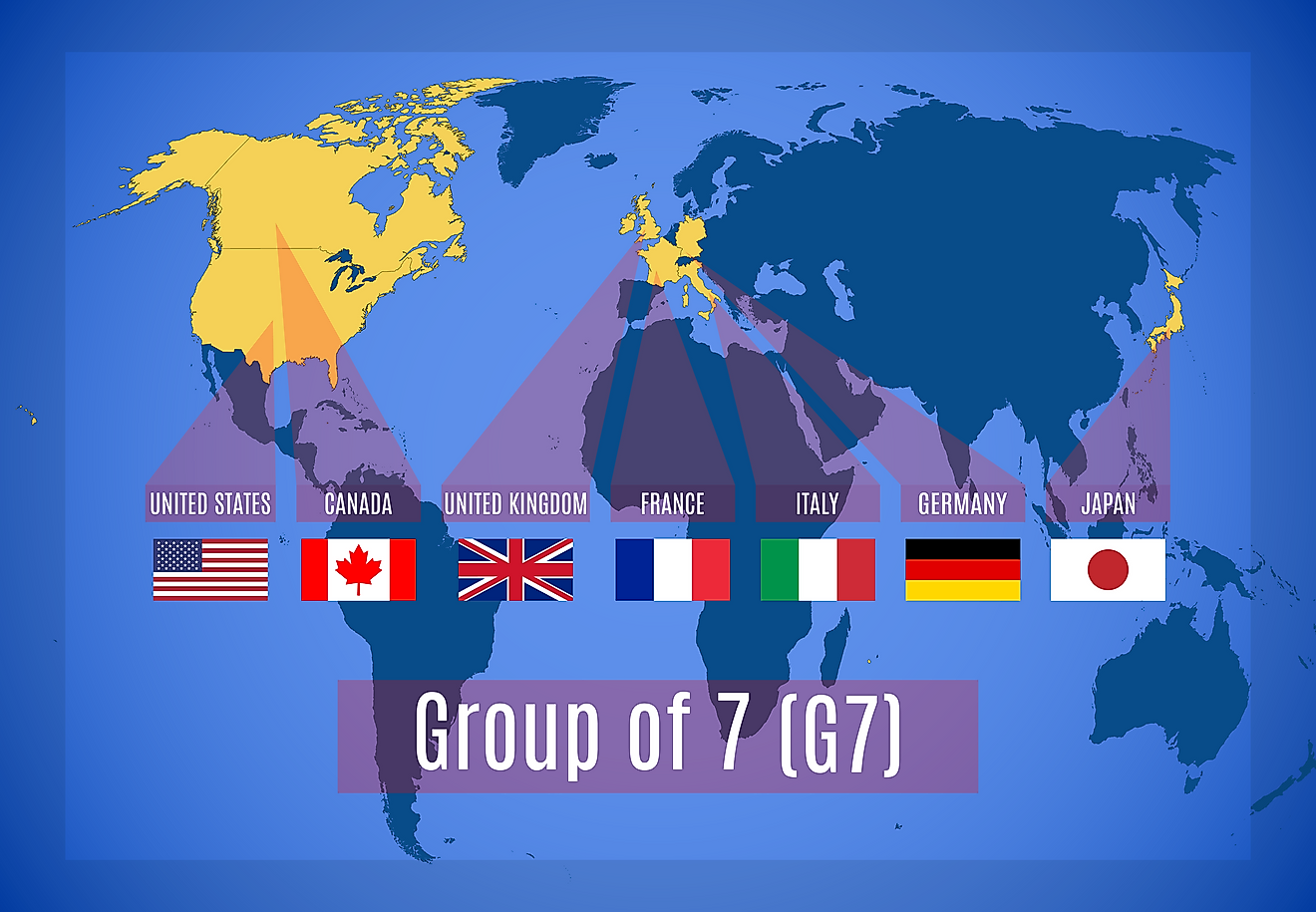What Type of Government Does Italy Have?

After the monarchy in Italy was abolished on June 2, 1946, the country became a democratic republic with its constitution. Italy has a Parliamentary Republic type of government, complete with the Executive, Judiciary, and Legislative divisions. The 1948 Constitution provides the framework for Italy’s government. The Constitutional Court monitors government’s actions to ensure they uphold the Constitution.
President Of Italy
Italy’s President is the head of state and a symbol of national unity. Both houses of Parliament elect the President for a seven- year term and may be re-elected after the completion of the first term. The President is tasked to appoint the Prime Minister as well as five judges to the Constitutional Court. The President checks legislation to verify their constitutionality, and can veto a bill and warrant parliament to re-draft the bill. The President declares war and ratifies international treaties with approval from parliament. The president heads the Supreme Council of Defence, being the commander of the armed forces, and the Supreme Council of Defence. The current president of Italy is Sergio Mattarella who took office on February 3, 2015, after the resignation of Giorgio Napolitano in January the same year.
Prime Minister Of Italy
The President appoints the Prime Minister and assumes the position after Parliament’s approval. The premier chooses the ministers for various departments to form the government. The government must win the approval of a parliamentary majority through a vote of confidence. The government oversees the nation’s executive functions including implementation of public policy. The government can also table new bills in the legislature. The prime Minister is also the president of the council of ministers. The incumbent Premier is Matteo Renzi since February 22, 2014.
The Legislative Branch Of The Government Of Italy
Italy has a bicameral parliamentary system that is comprised of two houses of parliament. 630 members represent constituencies in the Chamber of Deputies while 315 members represent regions in the Senate. Both houses have similar powers and approve bills into legislation. Deputies are required by law to be between 18 and 25 years while Senators are between 25 to 40 years. The Deputies and Senators are elected for five-year terms. The Parliament can warrant the government to resign if they give a vote of no confidence.
Judicial Branch Of The Government Of Italy
Italy’s Supreme Court is the Court of Cassation, which judges appeals from lower courts on points of law. The Court of Cassation makes sure that the law is interpreted uniformly across the nation. Under the Court of Cassation is the Court of Appeal, which hears appeals from lower courts. A network of criminal, civil, and administrative courts are tasked with the administration of justice in the country. Italian judges are public officials and are required to cultivate a degree of impartiality. The Supreme Council of the Magistrature maintains the judiciary’s independence.
Regional And Local Government Of Italy
20 regions were established in Italy for administrative purposes, five of which are autonomous. The autonomous regions enjoy more legislative and financial rights than the rest. The regions are active participants in the national government, and they have the power to propose legislation and referenda. Under the regions are 110 provinces, with smaller administrative units known as communes. The communes are headed by the mayor assisted by a local government with its police network. The local government oversees public transport services, street lighting, and garbage collection. The local government is kept in check by the regions to ensure they undertake their duties effectively.











